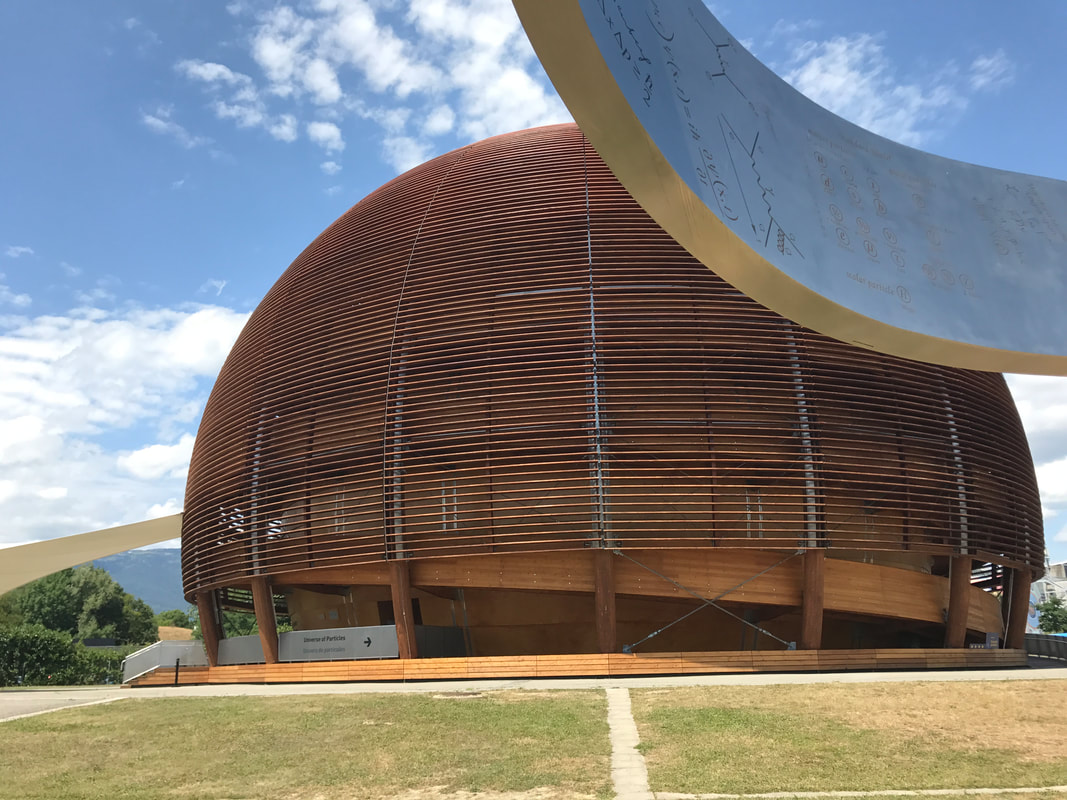Menu
Blog - Together we learn
|
There are many possible topics that you can write about for a math Internal Assessment (IA) in the International Baccalaureate (IB) program. Some possible topics could include:
0 Comments
A Poisson distribution is a type of probability distribution that describes the probability of a given number of events occurring in a fixed period of time or space, given the average number of events per unit of time or space. It is often used to model the number of times an event occurs in a given time period, such as the number of customers arriving at a store in an hour, the number of telephone calls received by a call center in a day, or the number of particles detected in a sample.
The Poisson distribution is defined by a single parameter, lambda (λ), which represents the average number of events per unit of time or space. The probability of a given number of events occurring in a given period of time or space is given by the following formula: P(k) = (λ^k * e^-λ) / k! where:
The concept of an anti-derivative, also known as an indefinite integral, is closely related to the concept of integration. In calculus, integration is a mathematical process that is used to find the area under a curve or to determine the accumulation of a quantity over time.
An anti-derivative is a function that, when differentiated, will produce a given function. In other words, it is the inverse operation of differentiation. The process of finding an anti-derivative is often called integration. The fundamental theorem of calculus states that integration and differentiation are inverse operations. This means that if a function is differentiated, the resulting derivative can be integrated to produce the original function. Similarly, if a function is integrated, the resulting indefinite integral can be differentiated to produce the original function. This relationship between integration and differentiation is why the terms "anti-derivative" and "integration" are often used interchangeably. In general, integration is the process of finding an anti-derivative, and an anti-derivative is a function that can be obtained through integration Dark matter is a type of matter that is thought to make up a significant portion of the matter in the universe. It is called "dark" matter because it does not interact with light or other forms of electromagnetic radiation in any noticeable way, making it difficult to detect directly.
Dark matter is thought to exist because there is evidence that there is more matter in the universe than what can be observed directly. For example, the rotation of galaxies and the motion of galaxies within galaxy clusters indicates that there must be more mass present than what can be seen in the form of stars, gas, and dust. This missing mass is thought to be made up of dark matter. Despite its name, dark matter is not necessarily "dark" in the sense of being invisible or imperceptible. It is called dark matter because it does not emit, absorb, or reflect light, making it difficult to detect directly. Scientists are still trying to understand the properties of dark matter and how it behaves, but it is thought to be a type of matter that does not interact with normal matter through any of the fundamental forces except gravity. It is currently unknown what dark matter is made of, but there are several theories about its composition. Some scientists believe that dark matter could be made up of exotic particles that have not yet been discovered, while others think it could be made up of more familiar particles that simply do not interact with normal matter in the same way. Centrifugal force is an inertial force that appears to act on objects that are moving in a circular path. It is a type of pseud-oforce that is often described as the force that pushes objects outward from the center of a circle when they are in circular motion.
To understand why this force appears to exist, it's helpful to consider an object that is moving in a circular path. When an object is moving in a circular path, it is constantly changing direction, and this change in direction is due to a force acting on the object. In the case of an object moving in a circular path, this force is called the centripetal force. The centripetal force is what keeps the object moving in a circular path and is directed towards the center of the circle. When an object is moving in a circular path, it is constantly accelerating towards the center of the circle. This acceleration is necessary to keep the object moving in a circular path and is what causes the centripetal force. However, from the perspective of an observer standing on the object, it can feel like there is a force pushing them outward from the center of the circle. This force is the centrifugal force, and it appears to act in the opposite direction of the centripetal force. It's important to note that the centrifugal force is not a real force, but rather it is a psychological effect that is due to the acceleration of the object. Despite this, the centrifugal force is a useful concept in physics and is often used to explain the behavior of objects moving in circular paths. The vertical velocity of an object is the speed at which it is moving up or down. At the highest point of a projectile's trajectory, the vertical velocity is zero because the object is not moving up or down at that moment.
To understand why this is, it's helpful to understand the concept of projectile motion. Projectile motion is the motion of an object that is projected into the air and then is subject to the force of gravity. When an object is projected into the air, it initially has both a horizontal velocity (the speed at which it is moving left or right) and a vertical velocity (the speed at which it is moving up or down). As the object travels through the air, the force of gravity acts on it, causing it to accelerate downward. This acceleration results in a decrease in the vertical velocity of the object as it rises, and an increase in the vertical velocity as it falls. At the highest point of the projectile's trajectory, the vertical velocity is zero because the object is momentarily at rest with respect to its upward or downward motion. At this point, the object is moving horizontally at a constant speed, but it is not moving vertically. As the object begins to fall back down, the vertical velocity will become negative, indicating that it is moving downward. It is a fantastic idea to make use of technology in the teaching of mathematics in high schools, given the pervasiveness of technology in all aspects of our society. The use of technology into mathematics education has a wide range of positive effects. I will mention a few of them here:
|
AuthorIB Physics and Mathematics Instructor. Examiner.
Categories |

 RSS Feed
RSS Feed
